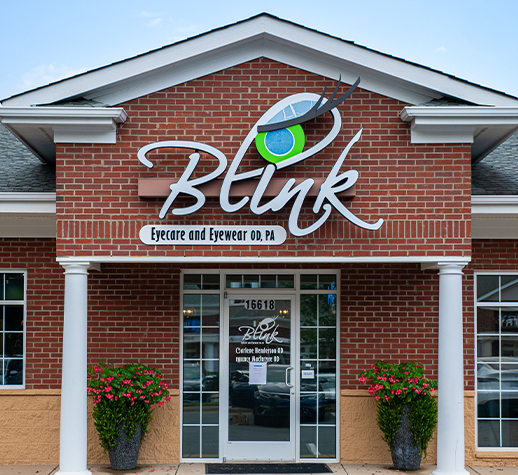
As you age, it is common to experience changes in your vision. One such change is presbyopia, a condition that affects your ability to see objects up close. Presbyopia is a natural part of the aging process and usually becomes noticeable around the age of 40. Understanding presbyopia and its impact on your vision is essential for maintaining good eye health.
Causes and Risk Factors of Presbyopia
Presbyopia is a natural part of the aging process and affects nearly everyone as they get older. The exact cause of presbyopia is not fully understood, but it is believed to be a result of the hardening and thickening of the lens in the eye. As the lens loses its flexibility, it becomes more difficult for the eye to focus on nearby objects.
While aging is the primary cause of presbyopia, there are certain risk factors that may make you more susceptible to developing the condition. These risk factors include a family history of presbyopia, certain medical conditions such as diabetes and cardiovascular disease, and certain medications.
Symptoms of Presbyopia
Recognizing the symptoms of presbyopia can help you identify if you are experiencing age-related vision changes. The most common symptom of presbyopia is blurred vision when attempting to see objects up close. You may also notice that you need to hold reading materials at a distance to read them clearly. Other symptoms include eye fatigue, headaches, and difficulty focusing on small print or fine details.
If you are experiencing any of these symptoms, it is important to schedule an eye exam with an optometrist. They can perform a comprehensive eye examination to determine if presbyopia is the cause of your vision changes and recommend appropriate treatment options.
Treatment Options for Presbyopia
Although presbyopia cannot be prevented or reversed, there are several treatment options available to help manage the condition and improve your vision. The most common treatment options for presbyopia include eyeglasses and contact lenses.
Eyeglasses are a popular choice for correcting presbyopia. Your optometrist will prescribe a pair of reading glasses that are specifically tailored to your vision needs. These glasses can be worn when performing close-up tasks, such as reading or using a computer, and can significantly improve your near vision.
Contact lenses are another option for managing presbyopia. Multifocal contact lenses are designed to provide clear vision at both near and far distances. They work by having different zones on the lens that allow your eyes to focus on objects at different distances. Your eye care professional can help you determine if contact lenses are a suitable option for you.
Schedule Your Eye Exam with Blink Eyecare and Eyewear Today
Presbyopia is a common age-related vision change that affects nearly everyone as they get older. Understanding the symptoms, causes, and treatment options for presbyopia is crucial for maintaining good eye health and improving your quality of life.
If you are noticing changes in your vision or for further guidance on presbyopia treatment options, visit Blink Eyecare and Eyewear at our office in Charlotte, North Carolina, or call (704) 817-3800 to schedule you eye exam today.












